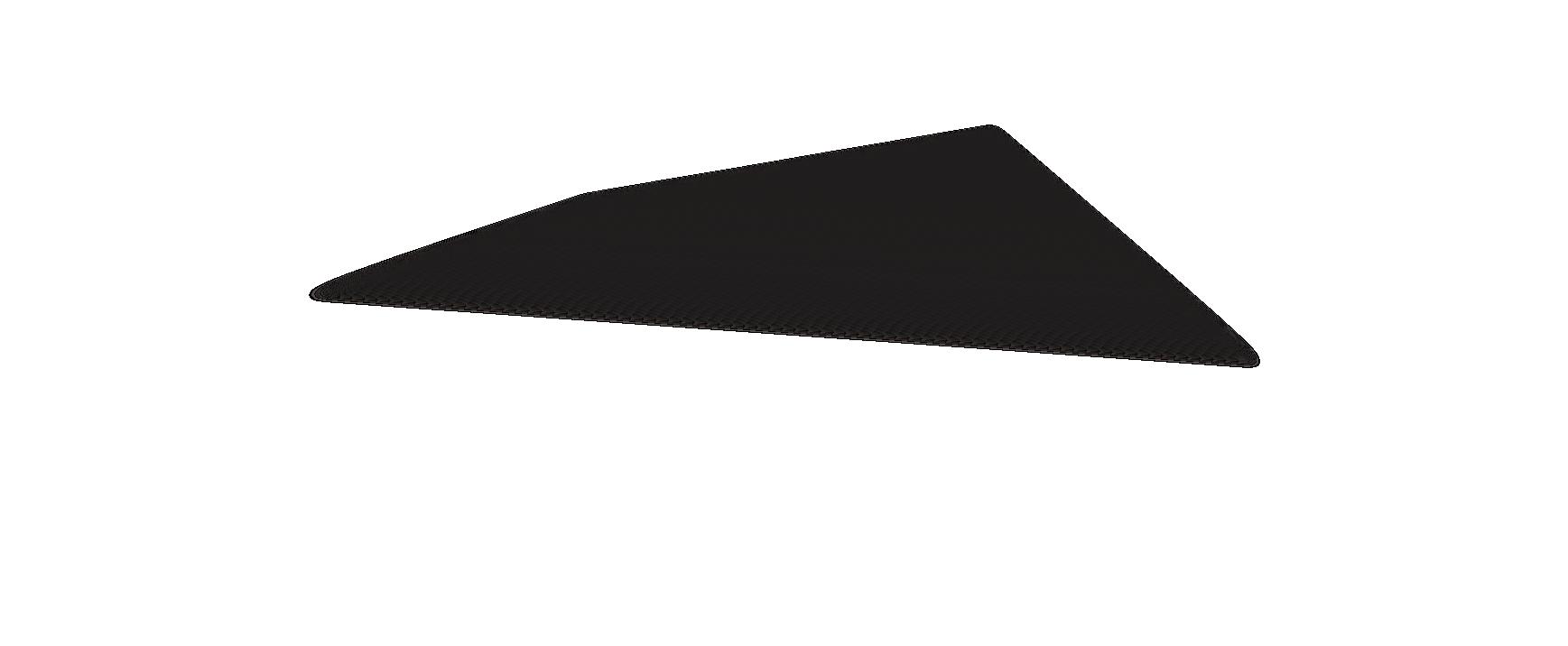
MENDELSSOHN TRIO CONCERTO
FEBRUARY 25, 2025 | 7:30 P.M. | ORGAN RECITAL HALL
ERIK PETERSON, VIOLIN
BARBARA THIEM, CELLO
BRYAN WALLICK, PIANO
PROGRAM:
Beethoven Piano Trio in B-Flat Op. 97 Archduke
I. Allegro moderato
II. Scherzo
III. Andante cantabile, ma però con moto
IV. Allegro moderato
INTERMISSION
Dvořák Piano Trio No. 4 in E minor Op. 90
I. Lento maestoso — Allegro quasi doppio movimento
II. Poco adagio — Vivace non troppo — Vivace
III. Andante — Vivace non troppo — Allegretto
IV. Andante moderato — Allegretto scherzando — Quasi tempo di marcia
V. Allegro
VI. Lento maestoso
PROGRAM NOTES:
Beethoven
Ludwig van Beethoven’s Piano Trio in B-flat Major, Op. 97, also known as the “Archduke Trio,” was composed in 1811-1812 and is one of the most revered works in the chamber music repertoire. This masterpiece, written for piano, violin, and cello, was commissioned by Beethoven’s close friend, the Archduke Rudolph of Austria, a talented pianist and a patron of the arts. The trio reflects both Beethoven’s late Classical style and the early stirrings of his more expansive Romantic tendencies, offering a profound depth of emotional and structural complexity.
The work is notable for its spacious, lyrical qualities and the balance of the three instruments, with each voice treated equally rather than in the typical hierarchical manner of other piano trios. Beethoven was known for his innovative approach to chamber music, and in the Archduke Trio, he pushes the boundaries of the form, combining lyrical melodies with intricate counterpoint and harmonic exploration.
The Archduke Trio remains one of Beethoven’s greatest achievements in the chamber music genre. Its blend of lyrical beauty, structural innovation, and emotional depth places it among the most significant works in the piano trio repertoire. The work’s lasting impact on music is a testament to Beethoven’s genius and his ability to push the boundaries of musical form while maintaining deep emotional resonance.
Dvořák
Antonín Dvořák’s Piano Trio No. 4 in E minor, Op. 90, commonly known as the “Dumky Trio,” is one of his most celebrated chamber works, composed in 1891. This trio stands out for its unique structure and vibrant blending of folk elements, reflecting Dvořák’s love for Czech music and the influence of his national identity.
The term dumka (plural dumky) refers to a type of Slavic folk song, characterized by contrasting moods—alternating between melancholy and lively, often within a single piece. Dvořák embraces this duality throughout the Dumky Trio, creating a work that is emotionally rich and full of diverse character. The piece is made up of six movements, which is unusual for a piano trio. Each movement alternates between slow, reflective sections and more lively, dance-like passages, creating an ebb and flow of mood that is both dramatic and intimate.
The six movements are structured as follows:
1. Lento maestoso – Allegro – The first movement opens with a slow, dignified introduction, where the cello presents a plaintive melody. The mood quickly shifts to a lively, dance-like theme full of rhythmic energy, showcasing Dvořák’s gift for combining contrasting tempos and moods.
2. Poco adagio – This movement is mournful and lyrical, with the piano and strings exchanging haunting themes. The sense of melancholy is heightened by the music’s quiet introspection, before it briefly brightens near the end.
3. Allegretto – A more playful and energetic movement, the third movement brings a lighter, folksy dance rhythm. The energy contrasts with the preceding slower movements, allowing the players to showcase their virtuosic skills.
4. Lento – Returning to a slow, contemplative mood, this movement introduces a theme full of deep sadness, marked by rich harmonies and tender melodic exchanges between the piano and strings. It is a deeply emotional and poignant moment in the work.
5. Allegro molto – The fifth movement bursts forth with vitality, featuring fast, rhythmic patterns that evoke the lively spirit of a folk dance. The energy of this movement contrasts sharply with the preceding sections, bringing the work back to a more upbeat, spirited pace.
6. Andante – The final movement begins with a reflective, slow theme, before shifting into a lively, dance-like rhythm that brings the trio to a joyous conclusion. This blend of contrasting moods brings the work to a satisfying and uplifting close.
The Dumky Trio is widely regarded as one of Dvořák’s greatest chamber works, combining the emotional depth of his symphonic writing with the folk-inspired flavors of his Czech heritage. Its innovative use of the dumka form, alternating slow and fast sections within each movement, creates a sense of unexpected contrasts that makes it an enduring favorite of both musicians and audiences alike. The piece encapsulates Dvořák’s mastery of the piano trio genre and his ability to evoke both the personal and the national through music.








